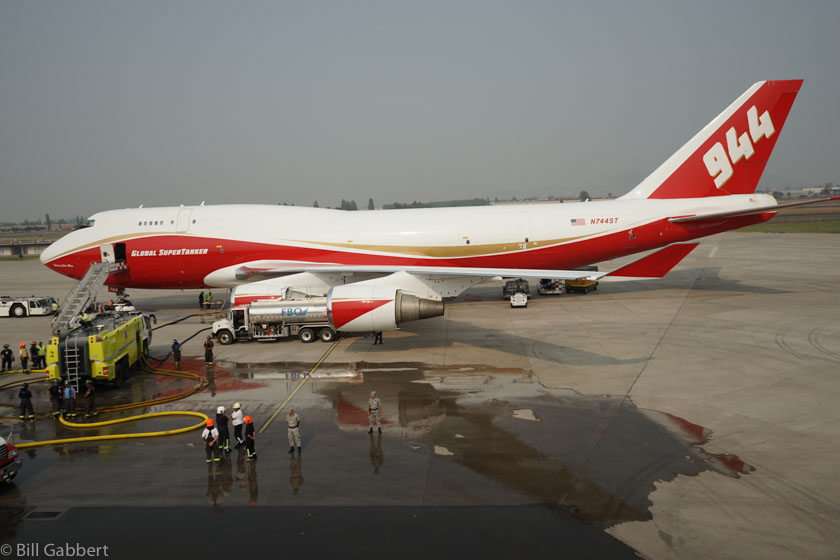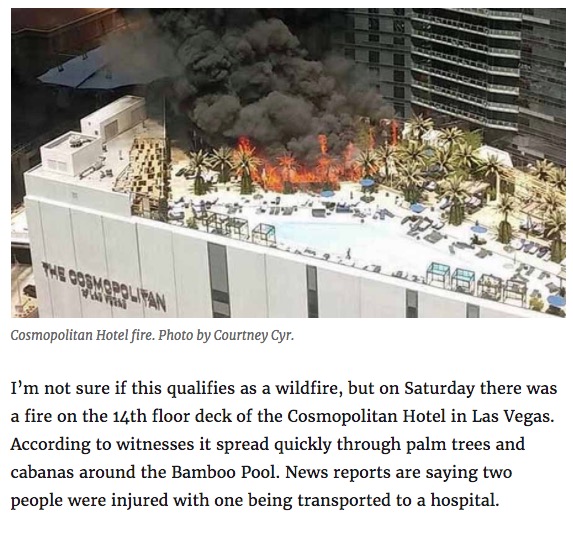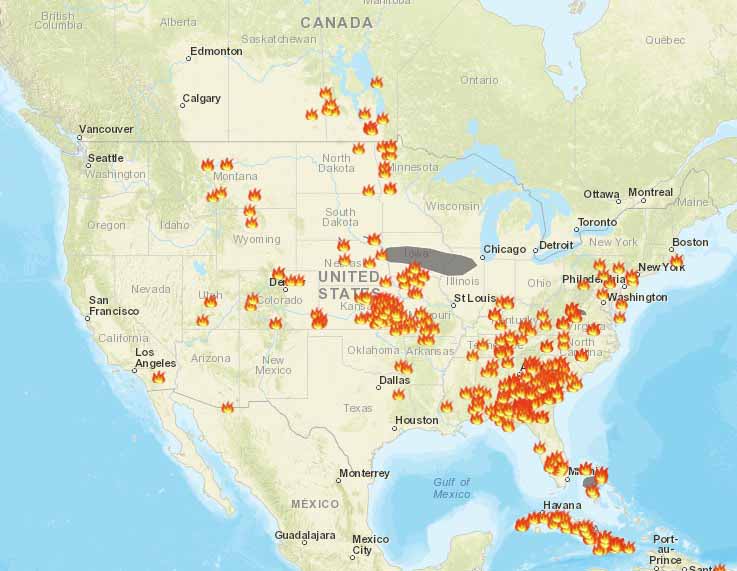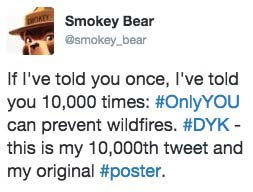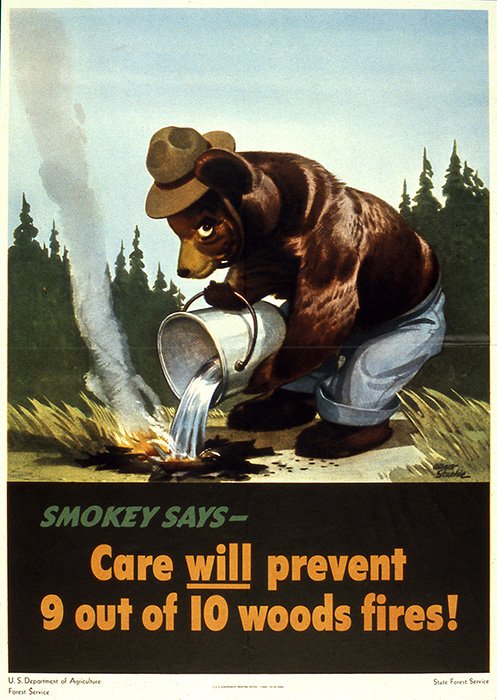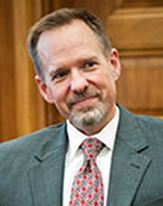In case you missed it, here is the interview we conducted with veteran lead plane pilot Jamie Tackman in January after he had been working with the 19,200-gallon 747 Supertanker in Chile.
After 17 years as a ground based wildland firefighter in the United States, with much as it as a smokejumper, Jamie transitioned to the air, becoming a lead plane pilot. He has worked off and on with the 747 air tankers since Evergreen converted the first one. Now retired from the U.S. Forest Service, he traveled to Chile to provide lead plane services for the huge aircraft operated by Global SuperTankers. This time he had a different role, or at least a different platform, flying ahead of the air tanker as usual but in an aircraft flown by military pilots.
Bill Gabbert interviewed Jamie, who began by describing the situation. Chile has no infrastructure for supervising, using, or refilling large or very large air tankers and they were unfamiliar with the concept of lead planes. In spite of these challenges the personnel working with the 747 and the other aircraft developed procedures to fight the fires from the air, while the local firefighters improvised a system on the ground for refilling the 747 and the IL-76 with water.
